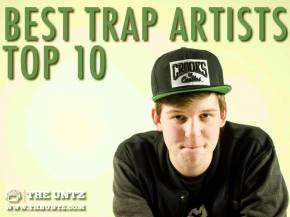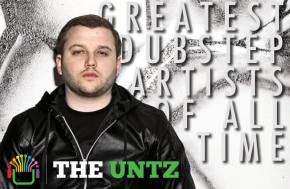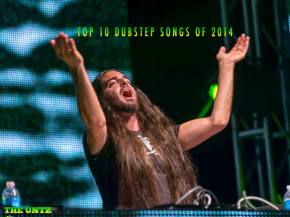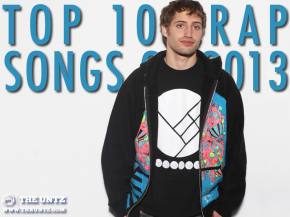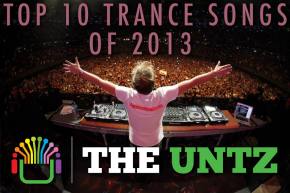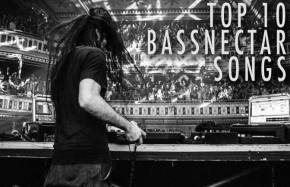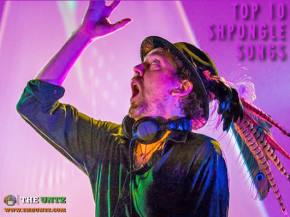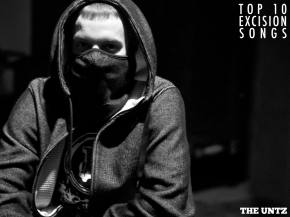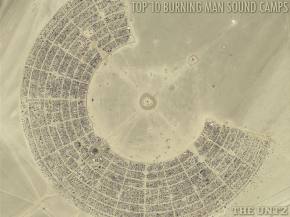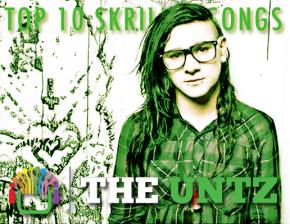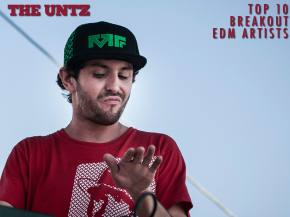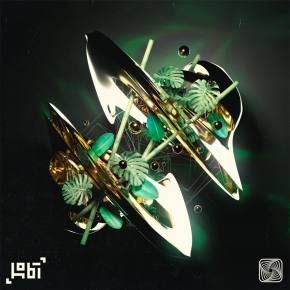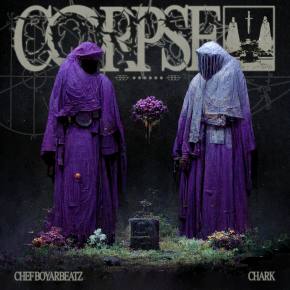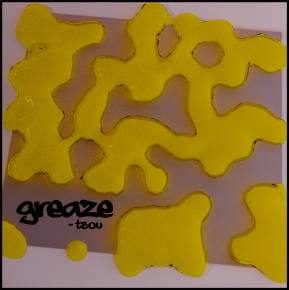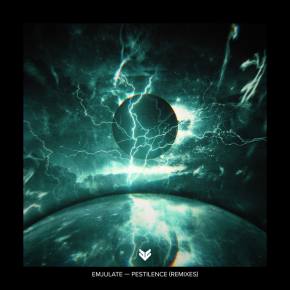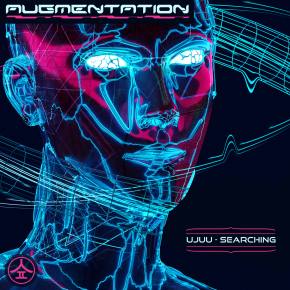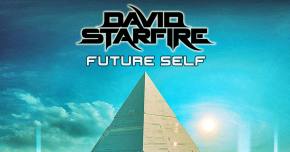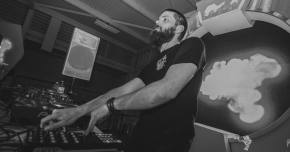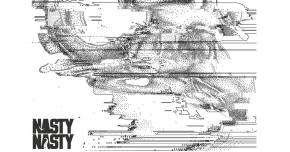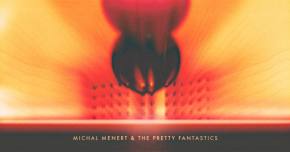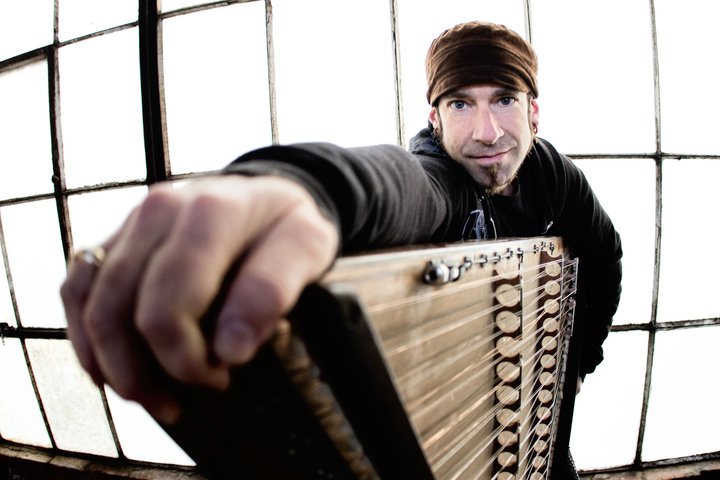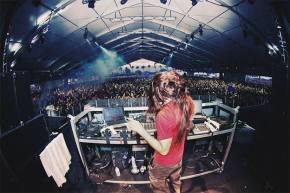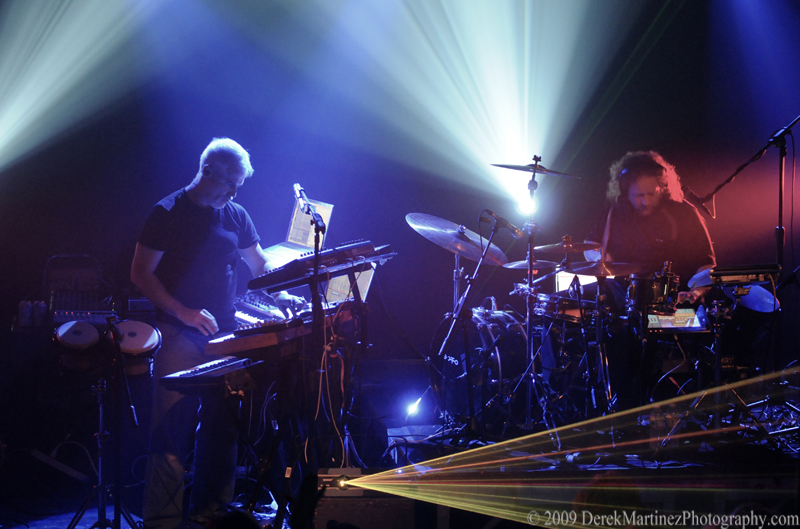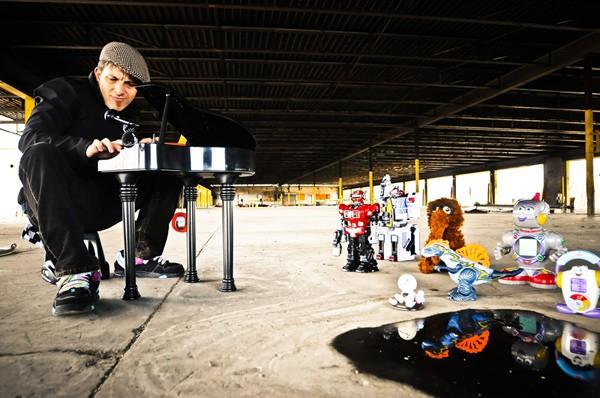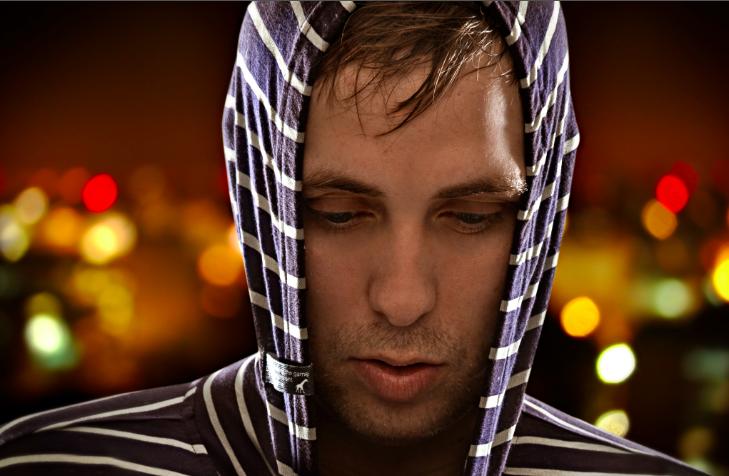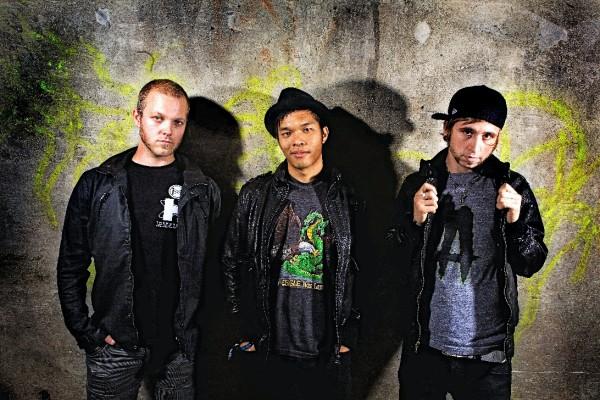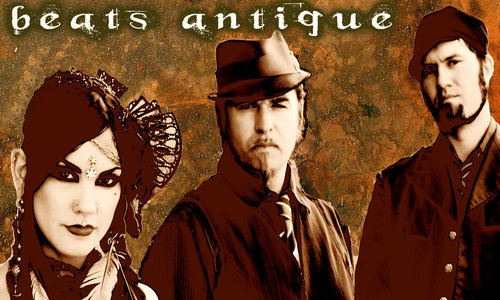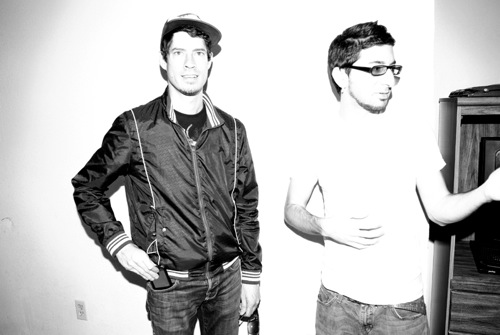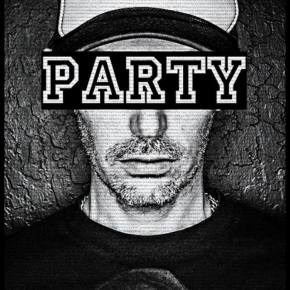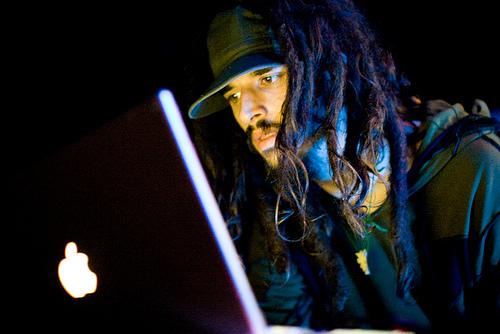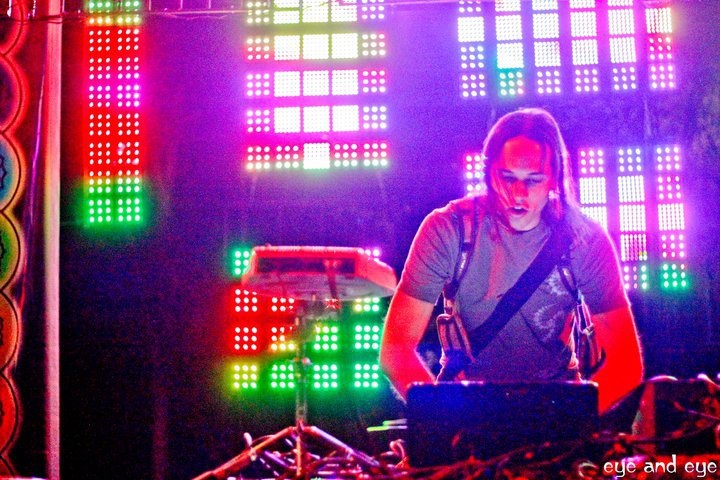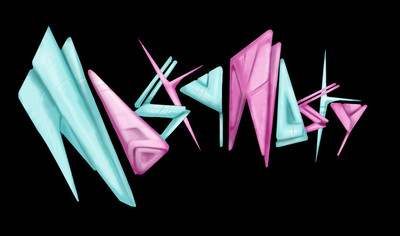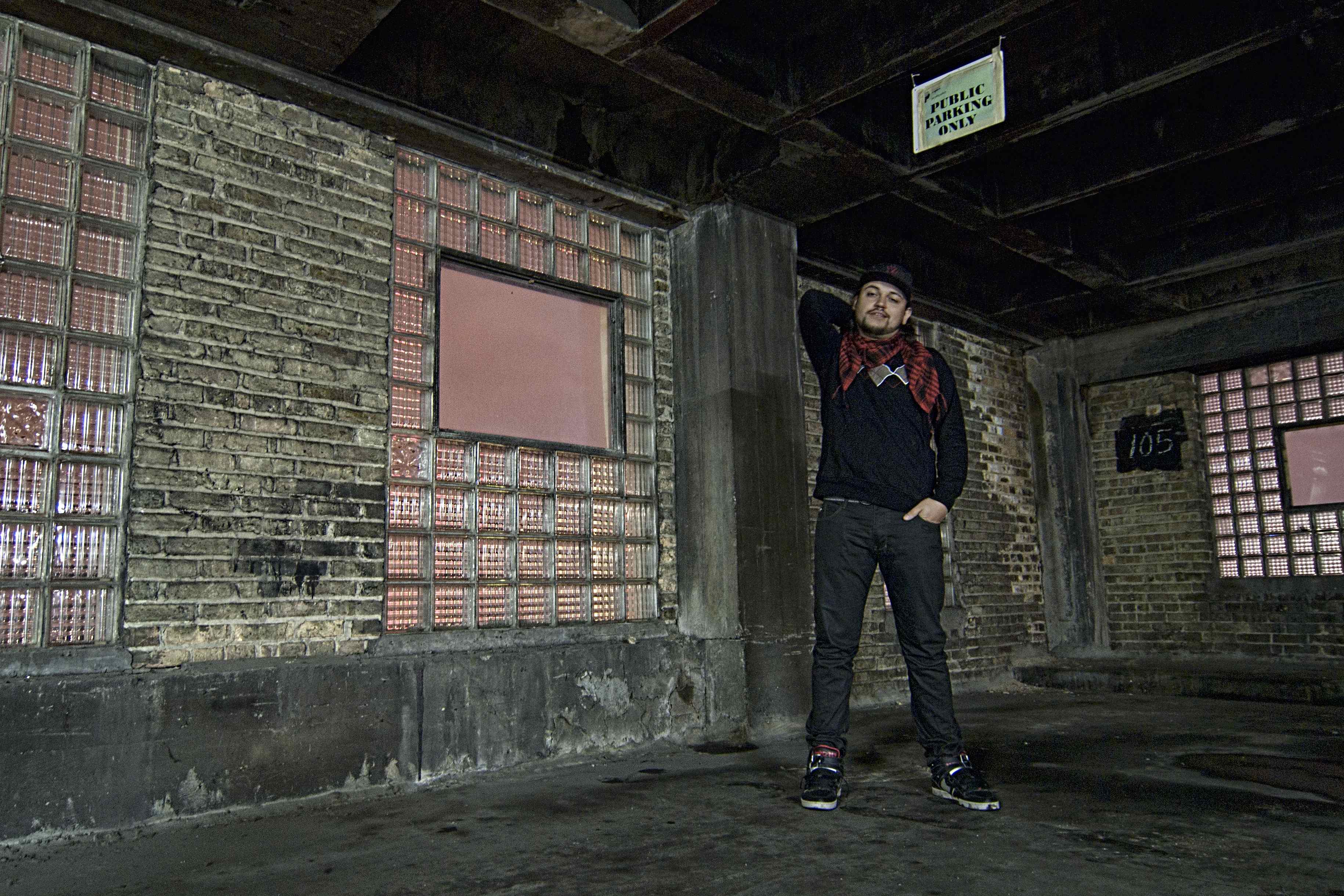Published: June 19, 2011
By: Jamie Reysen
The sixth annual Sonic Bloom festival is fast approaching. This year, it will be at Shadows Ranch in Georgetown, Colorado, from June 24-26. I got a chance to chat with Sonic Bloom’s founder Jamie Janover about the festival, which features a lineup of 78 acts, visual art of all shapes and sizes, and a ton of workshops. Janover told me what he’s most excited about, and why he thinks this will be the best Sonic Bloom yet.
 Jamie Reysen: So tell me a little about this year’s Sonic Bloom.
Jamie Reysen: So tell me a little about this year’s Sonic Bloom.Jamie Janover: We have a brand new site; it’s a super epic spot that took us literally years to find and secure as a venue. There’s camping right there, next to the music—no more long distances between the camping and the stages – and parking is right across the street, so there are no shuttles involved. Everything is really intimate. It’s kind of a boutique festival. It’s not a big festival; it’s not like one of these huge electronic events. It’s kind of like Colorado’s local festival, and so there are a lot of Colorado acts playing. I’d say half the lineup is producers from Colorado.
JR: I know you’ve featured artists in past years that later blew up, like Bassnectar for example.
JJ: Sonic Bloom, for the first four years, started out with Bassnectar and ZILLA as the headliners. It started out with ZILLA being the headliner, and then it switched to Bassnectar being the headliner, and then Bassnectar got too big to even play at the festival. It was also the first ever gig for EOTO … ZILLA’s played every year, naturally, and EOTO’s played every year, and VibeSquaD has played the years since Aaron [Holstein] formed that project … We’ve also hosted Pretty Lights. One of his first gigs at a festival was Sonic Bloom in 2008, which was just three years ago.
JR: It’s amazing how quickly he’s blown up!
JJ: Yeah exactly. Same thing with The Glitch Mob—they played in 2007 and 2008, and they’ve blown up. We’ve had Beats Antique the last couple of years, and Big Gigantic was kind of the house act for quite awhile. And all these acts are now doing really well. We continue to bring that kind of quality of music that may not be the most known at the time – it’s about the intention of the musicians and the quality of the music. It doesn’t matter if it’s the biggest headliner in the world. We just kind of go for what is really good music and bring that.
JR: Given the nature of these past performers who’ve blown up after Sonic Bloom, who do you see this year as becoming the next big thing?
JJ: Well the whole field is really starting to get more popular as all these genres get more popular, so I feel like practically the first third of the lineup is in that category. We’ve got people like MartyParty and Heyoka … David Starfire … NastyNasty … We have three artists who are on Pretty Lights Music – we have Michal Menert, Gramatik, and Break Science.
JR: What goes into the lineup and deciding who you’re aiming for, because you do have a diverse lineup. Do you try to get a little of everything?
JJ: If I were trying to get a little from each genre, there’d be techno and house music and jungle, and those genres aren’t really represented. It’s more about the styles that are born out of West Coast festival culture and Colorado music and dubstep, and slower, glitchy, funkier styles—not so much the super raging, fast stuff and the four-on-the-floor stuff. Specifically, it’s more about the tradition that comes out of improvised music or jam music, and then incorporating that into the live aspect of it… so it’s trying to balance between the live and the electronic.
This year, we’re adding a dome, a whole new stage which is primarily going to be DJs with a few exceptions … For the first time in a long time we’re going to have more than one stage happening at the same time, so you’ll be able to go back and forth. There’s a total of 78 acts… it’s about three times bigger than the last couple of years. I’m excited to be able to feature a bunch of young, up-and-coming artists that may not have the opportunity to play a larger festival very often and to be able to expose a lot of people to their music.
 JR: See, I didn’t know you only had one stage prior to this year. I’ve been to a lot of festivals where there are so many stages that you then have to make a decision between a few people you really want to see, and you have to choose, and that sucks.
JR: See, I didn’t know you only had one stage prior to this year. I’ve been to a lot of festivals where there are so many stages that you then have to make a decision between a few people you really want to see, and you have to choose, and that sucks.JJ: Sonic Bloom is kind of the best of both worlds. At something like that, you have five things—you can’t choose—here, there’s only two things, and they’re like three minutes apart from each other, so you could definitely see half of every act on the lineup. You can see it all, and you’re not running all over. It’s very intimate. You see the same people for three days, and a lot of community and personal relationships have been developed there. I even know of babies that were conceived at Sonic Bloom.
JR: Wow! Well, I’ve definitely heard a lot of people say they’ve come out of Sonic Bloom with friends that they really keep in touch with.
JJ: Oh yeah! From friends to married with babies, for sure.
JR: One of the things that intrigues me most about Sonic Bloom is that you have the visual aspect, music, and then you have the workshops. You have everything from neuroscience to yoga to belly dancing. It has potential to be such a learning experience. What inspired that?
JJ: Part of the influence is Burning Man. This will be my 13th Burning Man in a row, coming up this year. It’s ingrained into the fabric of my existence, this kind of all-inclusive pan-artistic aesthetic—if you will – of everybody coming together and everybody doing what they do, all at the same time and in the same pace. That involves aerialists, fire dancers, live painters, projectionists, light installations, art installations, workshops on consciousness, hula-hooping, and yoga … having an art gallery, having a bunch of different people that make their own clothes and jewelry, having quality vending on site. Dr. Bronner’s bringing a giant bathtub that fits 15 people, and you go in there, and you spray each other with Dr. Bronner’s foam to get clean. It’s called the “innerblastive foaming tub and spa.” The PA system is from Funktion-One, which is one of the most high-quality electronic music PA systems that exist on the planet … Tipper is coming and playing very specific music that’s tuned to go through this PA system that’s good down to 30 Hz, so people that like bass are going to hear some of the cleanest, most precise bass. It’s a quadraphonic array, so when you stand in the middle of the system, you’re surrounded by it.
I’ve been to a lot of festivals, I think I played 26 festivals last year, so I kind of know—most importantly—what I don’t want to see at a festival and – very importantly—what I do like to see. I try to take the bits and pieces and good ideas from festivals all over the world, call up all the local Colorado people that are involved in those things, and get them to come together so that we can collaborate artistically on a vast level where it’s not just music—everyone’s doing their own thing, and that includes the audience.
We’re encouraging costumes, and Saturday night at Sonic Bloom, we’re having a semi-formal. We’re asking people to bring their prom outfits and their three-piece suits, and their Saturday night best, and we’re going to just do it in style. They do like 60 weddings a year [at the venue] … it’s very picturesque. So we’re going to put a ton of art in there and lights in all the trees around the pond, and we’ll have a floating art installation in the middle of the pond, and all kinds of stuff. This will be the best year by far.
JR: How has the overall sound of the festival changed over the years? For example, I look at dubstep now and it’s huge, and it definitely wasn’t this popular in the US a few years ago.
JJ: Right, well dubstep has evolved in the time that we’ve been doing the festival. In the beginning, people like Bassnectar were playing some of the music that was early-on influenced by dubstep itself. Now, our version of dubstep is to bring one of the absolute founders of dubstep that did the very first weekly dubstep night in London—Mala – to come out. So, we’re paying tribute to dubstep in a real way because we’re bringing an originator. It’s not just the rehashed. He’s gonna be playing, not just on turntables, but on plates that are made from acitate that are super rare, and only he has those tracks, and it’s coming right from London, and so it’s a very special set. And that’s gonna be Friday night, closing down the main stage, late-night style.
JR: This festival sounds awesome, and as an “East Coaster,” I’m wondering if you could ever see having a second festival on the East Coast.
JJ: I can imagine that, I’m trying. I did these events [on the East Coast] that were kind of mini-Sonic Blooms in the sense of being unified field pre-parties. Unified field is kind of the theme of Sonic Bloom, and I do talks about unified field theory, which is a physics theory about the universe and how it works. We’ll see what happens. Right now, I’m happy having the Colorado festival; it’s always been in Colorado, and I’ll always want to do it in Colorado … We’re going to try to get this venue again next year, and we’ll see what happens.
 JR: It really sounds like you’ve definitely found the perfect place, I know you spent a lot of time looking for the right place.
JR: It really sounds like you’ve definitely found the perfect place, I know you spent a lot of time looking for the right place.JJ: Yeah it was a lot of searching and a lot of process to make it happen, but we got this new, epic place, and we’re gonna see how it goes. It’s gonna be an adventure for all of us; we’re gonna co-create it. It takes a lot of people to make a festival… We all have a similar vision on how to make it awesome. So many people put so much incredible effort into it. It’s really the Colorado community—it’s an amazing crew out there. People are among the most ravenous music fans in the world.
JR: Now, if somebody could only go to one music festival this summer, why Sonic Bloom? What’s the most unique aspect of it?
JJ: I would say it’s the scale that it’s at. We give you a show that you normally go to a much larger festival to get. There’s a ton of visuals, and a ton of music, and a ton of workshops, but you’re only with a couple thousand people. So it’s actually like a giant private party. You have that vibe of seeing the same people and getting in a little routine, going over to each other’s camps and hanging out. It’s a social experience. It’s not so much like “Wow, I’m standing here feeling almost lonely in the middle of a 10,000-person, screaming crowd.” It’s a much more intimate vibe and you can really get some serious energy going by everybody being concentrated on the same purpose, which I think is really having as much fun as humanly possible.
JR: I totally know how that feels! I’ve made the mistake of leaving my friends at festivals and losing cell phone reception, and I couldn’t find my friends for hours, and there’s that feeling of being surrounded by 20,000 people and still feeling really lonely.
JJ: Yeah, I get a feeling like that when I’m at these big things—you’re like, “God where are my friends! I’m never going to find them!” At Sonic Bloom, you’d have a hard time not finding your friends. There’s only a couple of stages, and they’re not that big.
JR: So, I know that right now you’re focused on this year’s festival, but what do you see for the future of Sonic Bloom?
JJ: It’s something that I’d like to see grow. I don’t really have the ambition to be the biggest electronic music festival. I just want to be one of the most enjoyed. I’ve definitely had a lot of people say that they really enjoyed Sonic Bloom and that it was special to them. I just want to maintain that, no matter what scale it’s on. I don’t want to make it so big that we lose this special dynamic that happens. I just want to improve on everything every year.
JR: Is there anything else you’d like to add?
JJ: Just that we’re going to unify the field up there—and then special things just happen. You can’t really describe it; you just have to show up and trust that the people who make this festival have every intention of making this the best possible experience, and a lot of good things come out of it. It’s always a mystery, so we’ll see what happens. It’s going to be fun, super fun.
Tags: DubstepGlitchLivetronicaBreaksDrum and BassTrapElectroHouseDowntempoHip Hop


